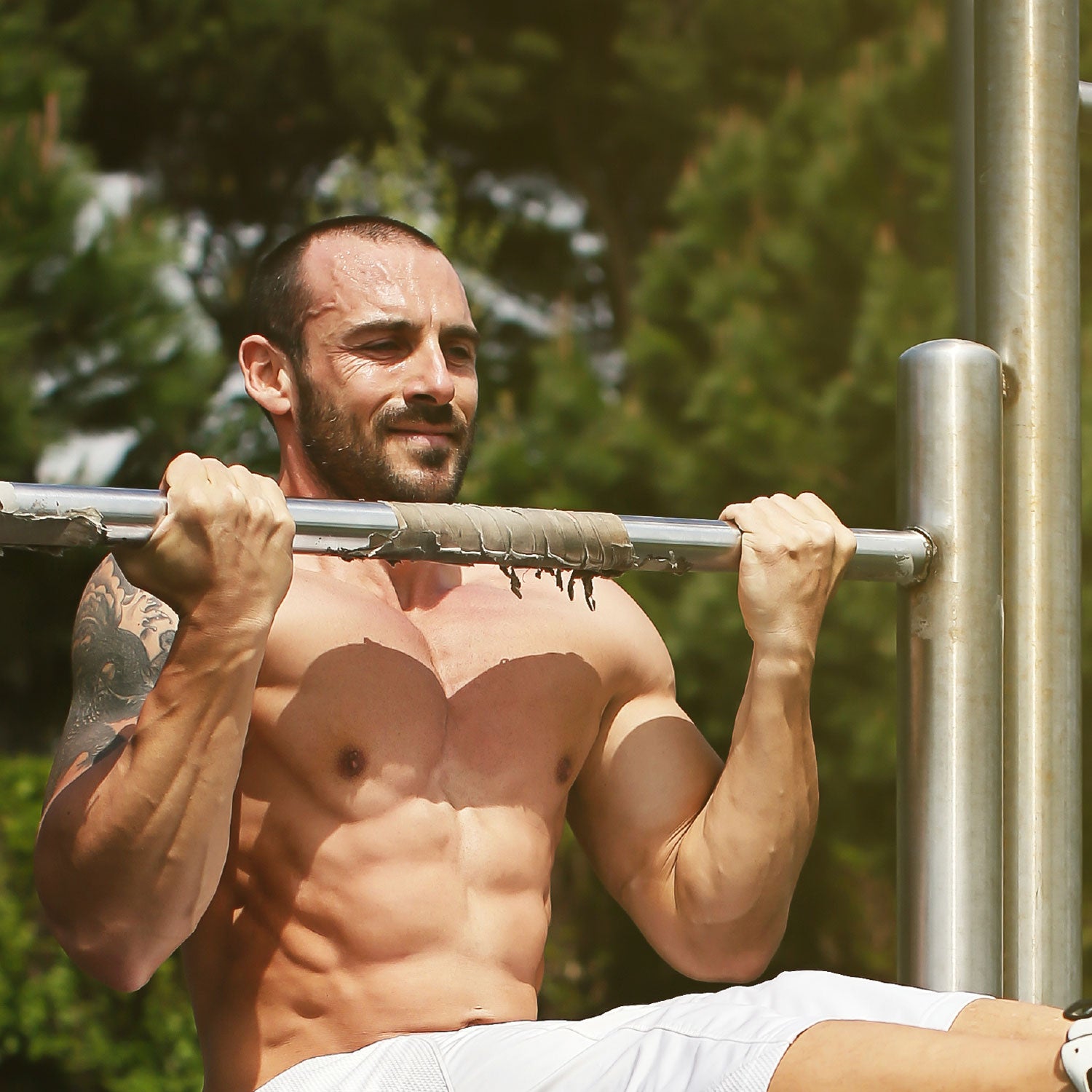Eating like a caveman is tough. Without going into the Paleo Diet’s debatable historical accuracy, the movement’s emphasis on whole foods, meat-heavy meals, and rejection of grains can make dining out or grabbing a meal on the go an ordeal. But commitment-averse athletes can still learn important fueling points from the diet. Presenting four tips worth stealing:
Eat Your Vegetables
Most non-Paleo eaters think of the diet as a gussied-up version of , with heaping plates of meat and little in the way of carbohydrates. That’s not entirely inaccurate: most Paleo menus call for animal protein at just about every meal. But unlike other meat-forward regimes, founder understood the importance of eating his greens.
“Fruits and vegetables—with their antioxidants, phytochemicals and fiber—are some of our most powerful allies in the war against heart disease, cancer, and osteoperosis,” Cordain wrote in . “Yet just one papaya…would blow the daily limit for two of the most popular low-carbohydrate diets.” Paleo emphasizes filling up on whole fruits and veggies while shunning processed juices, which concentrate plants’ sugars and strip out much of their filling fiber. That’s an idea that even nutritionists skeptical of the diet, like New York University’s , can get behind.��
“Most people could improve their diets by taking in fewer calories and eating more vegetables,” she says. “To the extent that the Paleo diet does that, it’s useful.”
Timing Is Key
For athletes, food isn’t just fuel, it’s a tool—and picking the right one for the job can make the difference between a medal and a DNF. High-fiber, low-fat foods like brown rice and broccoli may be good for your health over the long term, but eat them at the wrong time — just before a race, for example — and you could find yourself in a world of gastric distress.��
When it comes to timing their fueling stops, Paleo dieters are experts. , the endurance-focused follow-up that Cordain and TrainingPeaks founder penned in 2005, breaks down exercise into five stages corresponding to the time periods before, during, and at various times after a workout. Most of the time, typical Paleo fare like whole fruits and vegetables and animal protein form the backbone of the program. Immediately before, during, and after activity, however, it allows athletes to take in very non-caveman refined carbs, like sports gels and drinks.��
The idea is that during exercise, the muscles become more sensitive to insulin, so that the body doesn’t need to produce as much of the hormone to help you absorb the sugars you’re taking in. That means that foods with a high glycemic index, like sports bars or gels, provide a quick energy boost without causing insulin levels to spike and then crash.��
Cheat on Your Diet
Sticking to any dietary regimen is a psychological challenge — and how well you rise to it in the short term could have repercussions for your fitness down the road. In a 2012 study, researchers from the University of Alabama tracked 116 women to see how closely they followed a prescribed low-calorie diet, then followed up with them two years later; the subjects who had stuck to the program had gained back approximately half the weight of those who played it loose. And sticking to the famously restrictive Paleo diet can be just as tough: when ���ϳԹ���’s John Bradley tried it for eight weeks in 2009, he had a breakfast-burrito-fueled breakdown halfway through.
Luckily, the authors of the Paleo diet knew that, and built in some leeway. In The Paleo Diet for Athletes, Cordain and Friel promote what they call the “85:15 Rule.”��As long as 85 percent of adherents’ diet follows their recommendations, diners can fill in the other 15 with whatever they want. That’s a trick that anyone can use: two to three “open meals” a week won’t sabotage your performance, but they may just keep you from going off the rails.
Rethink Your Meat
It’s safe to say that cattle, domesticated from the wild auroch just 10,000 years ago, weren’t part of early hominids’ diets. Many Paleo proponents emphasize game meats like elk and antelope; early editions of The Paleo Diet even listed a half-dozen mail-order suppliers of exotic fare. Much like grass-fed beef, meat from these free-ranging animals is lower in fat and has a higher ratio of omega-3 to omega-6 fatty acids than that of feedlot cattle. Unfortunately, it can be hard to find, and costs several times what you would pay for a standard cut from the butcher.
The solution: Ditch the hamburgers for offal. Organ meats like heart and tongue have a fraction of the fat content of the leanest cuts of beef, and are full of essential nutrients like B vitamins, folate and zinc. They’re packed with protein, too: sweetbreads, the pancreas and thymus glands of pigs or calves, are about 77 percent protein, more than a similarly-sized cut of sirloin. And because American diners today won’t touch the stuff, offal is often some of the cheapest red meat around.
��

